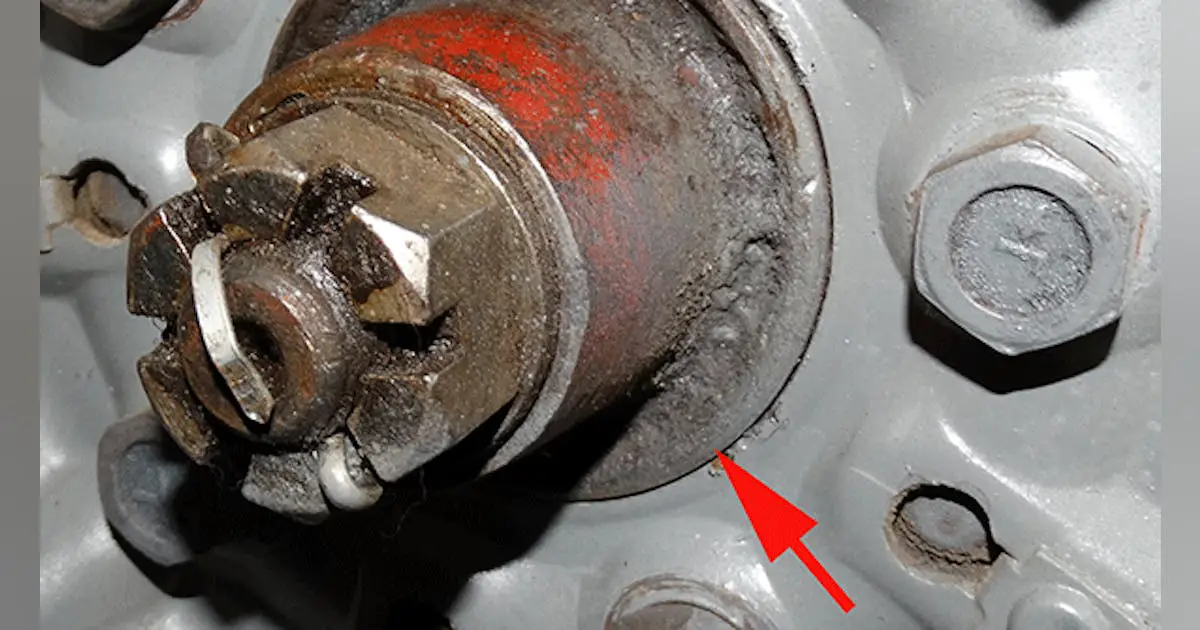The main thing to avoid would be any cast aluminum universal slip on type of spacer.
Which is what I run with no issues. I think the extended ARP studs are the key there though.
The main thing to avoid would be any cast aluminum universal slip on type of spacer.
I use them too. I put silicone on the back to hold them as centered as I can on the drum. Let it tack up and then put the wheel on. I went 10.30’s at 130 with them on my race car. My dad went 9.60’s with them on his, and I have used them on the rear of both my nova and Malibu.Which is what I run with no issues. I think the extended ARP studs are the key there though.
Which is what I run with no issues. I think the extended ARP studs are the key there though.
All the hub centric part does is reduce runout (wheel shake) and makes bolting the wheel on easier. Once the wheel is torqued on the clamp load of the studs holds the wheel and no load is supported by the hub. If your lugs loosen the hub isn't going to help.

" Automotive applications usually use the hub centric design because the support and centering of the wheel better resists impact loads from being used on typical roads. Other low-speed and low-impact applications use lug-centric designs which are less costly and strong enough for these applications. Golf carts, for example, often use lug-centric designs. "
" A problem arises when using a lug-centric wheel on a vehicle and suspension that was originally a hub-centric design. Without the hub’s support, road impacts can deform lugs enough to where the wheel is no longer concentric with the hub, leading to vibrations. This can reduce the clamping force of the wheel to the hub. Road loading conditions can then move the wheel around on the hub, as can be seen by the worn holes in the image below of a lug-centric wheel used on a hub-centric vehicle. "

What’s the Difference Between Lug-centric and Hub-centric Wheels?
There are two commonly used ways to fasten wheels to a hub: lug-centric and hub-centric. Learn how to tell them apart.www.machinedesign.com
I understand the concept and fully agree but I've never seen a wheel that has had a tight enough hub fit where I could see the hub supporting the load.
If the wheel was a slip fit or light press fit into the hub absolutely it would support the load, but usually there is like 0.030" roughly between the wheel and hub so it doesn't corrode solid on. Any impact load is going to go into the clamp load and not into the hub since I've always seen that gap.
don't argue with me, argue with the engineer that wrote the article. Personally, since the design of the wheels on a G body are hubcentric I use wheels that conform to the design and use antiseize so there is no corrosion to interfere removing the wheel from the hub. On our circle track G body cars we didn't use hubcebtric wheels but we used 5/8" studs
I'm not sure what your qualifications are but here are the author's
Yeah I'm the engineer arguing with the engineer that wrote the article. 🙂
I would say in theory he is right I've just never seen an application on a car where I see it actually helping.
GBodyForum is a participant in the Amazon Services LLC Associates Program, an affiliate advertising program designed to provide a means for sites to earn advertising fees by advertising and linking to amazon.com. Amazon, the Amazon logo, AmazonSupply, and the AmazonSupply logo are trademarks of Amazon.com, Inc. or its affiliates.

